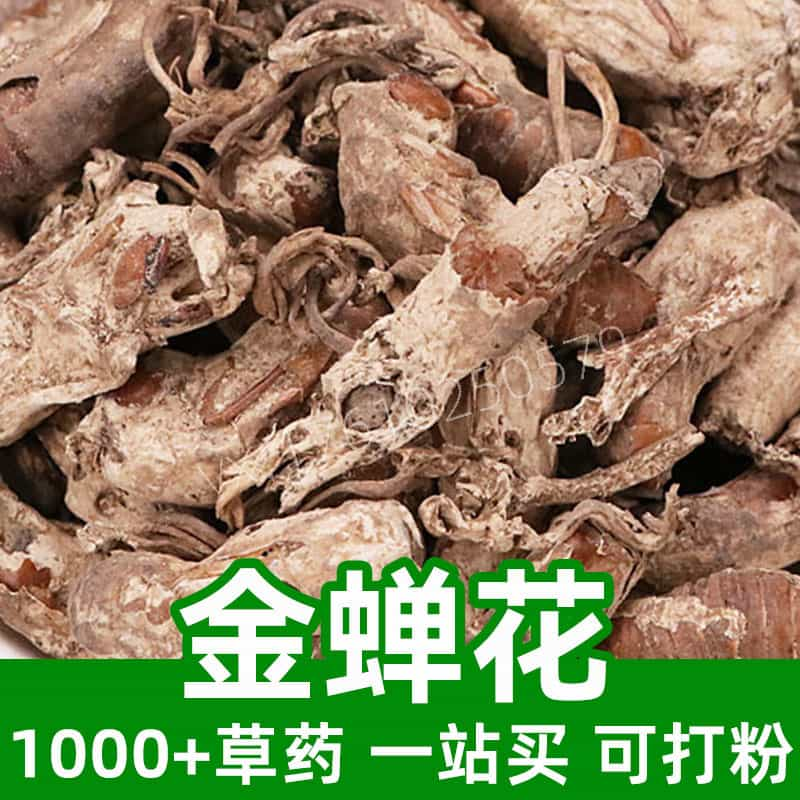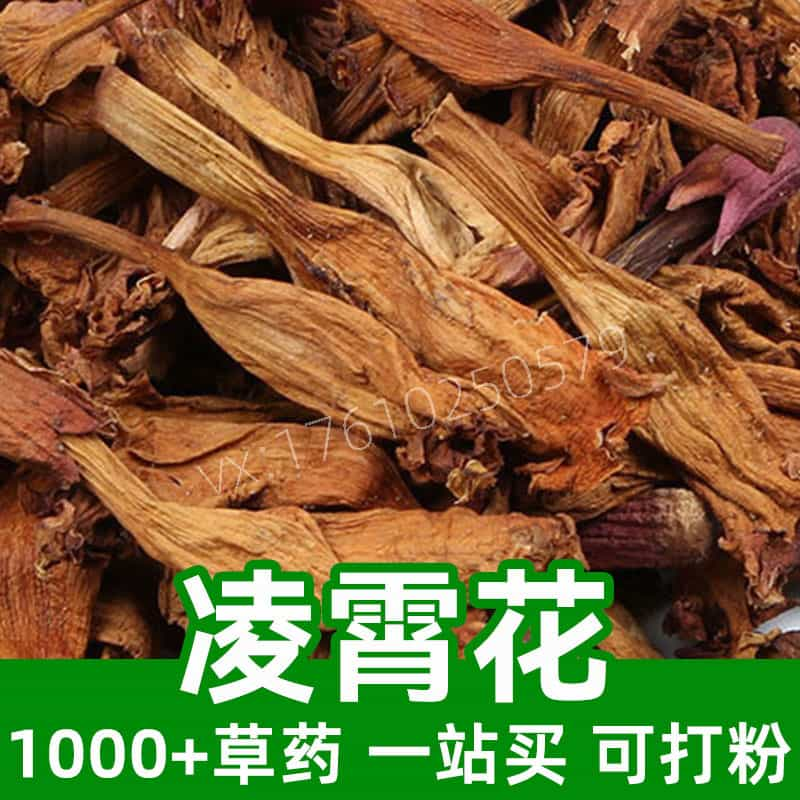Introduction of Da Huang products
Rhubarb is a herbaceous plant whose roots and rhizomes are medicinal parts. The main components include rhubarb, chrysophanol, rhein, etc. Rhubarb is mainly produced in China and is one of the traditional Chinese medicinal materials in my country. Its main uses include clearing away heat and purging fire, relieving constipation and dampness, detoxifying and reducing swelling, etc. It is often used to treat symptoms such as constipation and hot stranguria. In the field of traditional Chinese medicine, rhubarb is widely used, and it also has certain uses in some foods, such as as a dye and flavoring agent.
Main active ingredients of rhubarb
Rhubarb is an important Chinese medicinal material, and its main active ingredients include rhubarb, chrysophanol, and rhein. Among them, rhubarb is one of the main active ingredients of rhubarb and has good pharmacological effects. It can stimulate gastrointestinal motility and promote defecation, thereby achieving a laxative effect. Rhubarb has antibacterial, anti-inflammatory and antioxidant effects, can clear away heat and detoxify, cool blood and stop bleeding, and is used to treat heat stranguria, constipation and other symptoms. In addition, rhein is also one of the important components of rhubarb, which has the effects of purging heat and detoxifying, and is often used to treat infectious diseases and inflammatory diseases.
In terms of chemical composition, rhubarb contains a variety of chemical components, including anthraquinones, flavonoids, terpenes, flavonoids, polysaccharides, etc. These chemical components work together to play the pharmacological role of rhubarb, which has the effects of laxative, heat-clearing, detoxification, and swelling. The efficacy of rhubarb is mainly attributed to the effects of these active ingredients, which achieve the purpose of treating diseases by regulating the physiological functions in the human body.
In general, as a traditional Chinese medicinal material, rhubarb has main active ingredients including rhubarb, chrysophanol, rhein, etc. It has the effects of laxative, heat-clearing, detoxification, and swelling reduction, and is often used in the field of traditional Chinese medicine to treat various related symptoms.
Application scenarios and dosage of rhubarb
Rhubarb is widely used in traditional Chinese medicine, mainly for clearing away heat and purging fire, promoting bowel movements, reducing swelling and detoxifying. The following is a detailed introduction to the application of rhubarb in traditional Chinese medicine and food, as well as its usage and dosage:
- Application of Traditional Chinese Medicine:
- Clearing away heat and purging fire: Rhubarb has the effect of clearing away heat and purging fire, and is suitable for treating fever, heat poison, carbuncle and other symptoms. It is often used for colds, fever, mouth sores, carbuncle and ulcers.
- Promotes bowel movement and relieves constipation: Rhubarb helps promote intestinal peristalsis and relieves constipation and hemorrhoids. It is commonly used for gastrointestinal problems such as constipation and hemorrhoids.
- Detumescence and detoxification: Rhubarb has the effect of detumescence and detoxification, and is suitable for treating inflammatory diseases, skin itching and other symptoms. It is often used for skin diseases such as eczema and acne.
- Usage and dosage:
- Common uses of rhubarb include decoction, grinding into powder and taking with water, external application, etc.
- Decoction: Chop or grind rhubarb into powder, boil it in water, and then drink it. The general dosage is 3 to 10 grams, and the dosage can be adjusted according to the specific condition and the compatible drugs.
- Grind into powder and take with water: Grind rhubarb into fine powder and add appropriate amount of warm water to take with water. The general dosage is 1-3 grams, 1-3 times a day.
- External application: Grind rhubarb into fine powder, mix with appropriate amount of warm water into a paste, and apply to the affected area 1 to 2 times a day, depending on the condition.
- Notes:
- Pregnant women, breastfeeding women, children, the elderly and those with weak constitutions should use rhubarb under the guidance of a physician.
- Long-term or high-dose use of rhubarb may cause adverse reactions such as diarrhea, abdominal pain, and bloating. Excessive use should be avoided.
In general, as an important Chinese medicinal material, rhubarb has the effects of clearing away heat and purging fire, promoting bowel movements and detoxifying, and is widely used in the fields of traditional Chinese medicine and food. When using it, you should pay attention to the usage and dosage, follow the doctor's advice, and avoid adverse reactions.
Introduction, distribution and growth environment of rhubarb
Rhubarb (scientific name: Rheum palmatum) is a perennial herb belonging to the genus Rheum of the Rheaceae family. It is mainly distributed in central and western China, including Gansu, Qinghai, Sichuan, Tibet, Shaanxi, Ningxia, Xinjiang and other provinces.
- Plant introduction:
- Appearance characteristics: Rhubarb plants are tall, with thick rhizomes, root axes with nodes, brown root bark, warty outside, and hard roots and leaves. The leaves are large, round or heart-shaped, with long, thick petioles and wings. The inflorescence is a panicle, with small, green-yellow flowers.
- Growth habits: Rhubarb prefers a humid environment and often grows on hillsides, streams, valleys, forest edges, grasslands, etc., with an altitude range of 500 meters to 3,500 meters. It likes sunny and well-drained soil, is cold-resistant, and is not tolerant to waterlogging.
- Distribution:
- Geographical distribution: Rhubarb is mainly distributed in the northwest and southwest regions of China, as well as Gansu, Qinghai, Sichuan, Tibet, Shaanxi, Ningxia, Xinjiang and other provinces and regions. Among them, Sichuan, Gansu and Qinghai are more famous for their rhubarb production areas.
- Growth environment: Rhubarb likes to grow in mountains with higher altitudes, and is commonly found on hillsides, river valleys, forest edges, grasslands, etc. The region has a variety of climates, including temperate monsoon climate, temperate continental climate, etc.
- Growth environment:
- Climate: Rhubarb has strong adaptability and is not very demanding on the climate, but it prefers a warm, cool and humid environment and is not tolerant to drought and high temperatures.
- Soil: It prefers loose, well-drained soil. It is not very demanding on the soil, but has a strong adaptability to acidic soil.
- Light: Prefers full sun, but can also grow in semi-shade or shade.
Generally speaking, rhubarb is a perennial herb growing in northwest and southwest China. It prefers a humid growing environment and is commonly found in mountainous areas, river valleys, forest edges and grasslands. It has a strong adaptability to soil and climate and is an important medicinal plant.
Harvesting, processing, storage and preservation of rhubarb
The harvesting, processing and storage of rhubarb are important links to ensure its medicinal quality. The following is the relevant content:
- Harvesting:
- Harvesting time: Rhubarb is usually harvested in autumn after the plant matures, and the rhizomes are usually collected when the plant is 3-5 years old.
- Harvesting method: Clean the soil and carefully dig out the rhizome of the whole plant using tools such as a spade or shovel.
- Harvesting requirements: Select plants with complete rhizomes, intact epidermis, and no diseases or insect pests for collection, and try to retain the soil to avoid damage.
- Processing:
- Washing: Wash the collected rhubarb rhizomes to remove attached dirt and impurities.
- Slice or cut into sections: The washed rhubarb rhizomes can be dried directly in the sun, or cut into sections or slices before drying.
- Drying: Spread the cleaned rhubarb rhizomes evenly in a ventilated and cool place to dry naturally or dry at low temperature until the rhizomes are completely dry and the moisture content is controlled below 10%.
- Storage and preservation:
- Dry storage: Store the dried rhubarb rhizomes in a ventilated, dry, cool place away from direct sunlight and humid environment to prevent mold.
- Packaging: The dried rhubarb rhizomes can be packed into dry, sealed containers, such as cloth bags or glass bottles, and the container should be marked with information such as the product name, origin and production date.
- Shelf life: Dried rhubarb rhizomes can be kept for more than 1 year under appropriate storage conditions, but it is best to use them within one year to ensure their efficacy.
During the harvesting, processing and storage process, care should be taken to avoid moisture, mildew and insect pests to maintain the quality and efficacy of rhubarb. At the same time, regular inspections should be carried out during storage. If any deterioration, odor or mildew is found, it should be discarded in time.
Monica Sun is a seasoned expert in the natural raw materials industry, with over a decade of experience specializing in traditional Chinese medicinal herbs, spices, and fungi. She is skilled in the sourcing, processing, and application of these materials, emphasizing sustainability and innovation. Monica Sun has contributed to the development of high-quality natural raw materials that serve as essential components in functional foods, pharmaceuticals, and cosmetics, delivering tailored solutions to meet diverse market needs.













